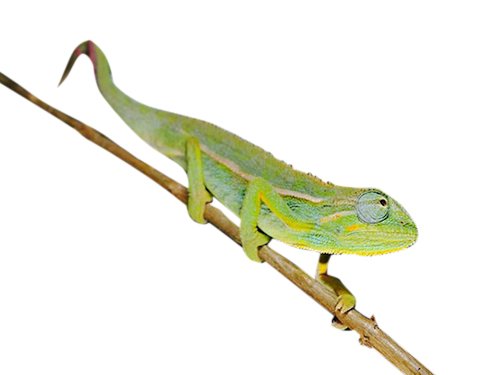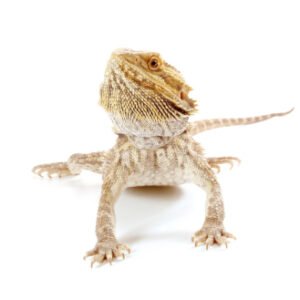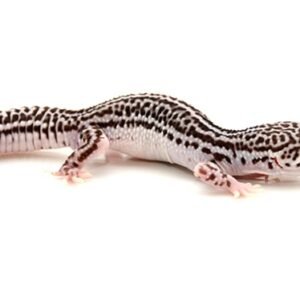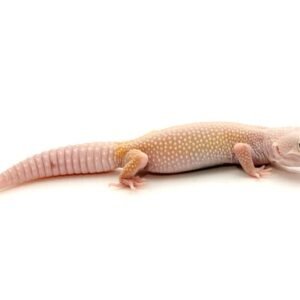Understanding Elliot’s Chameleon: Characteristics and Behavior
Elliot’s chameleon, scientifically known as Chamaeleo ellioti, is an intriguing species native to the lush, tropical forests of East Africa. The stunning physical traits of this chameleon include a vibrant range of colors, primarily comprising green hues accented by blue, yellow, and orange patterns. These striking colors can change in response to mood, temperature, or social interactions, making Elliot’s chameleon a true display of nature’s artistry. Adults typically average around 12 to 18 inches in length, with males often displaying more vivid colors and larger sizes compared to females, which are usually smaller and less brightly colored.
In its natural habitat, the Elliot’s chameleon prefers environments abundant in foliage, where it can easily camouflage itself to avoid predators. This species thrives in warm, humid conditions, ideally at temperatures ranging from 70°F to 85°F during the day, with a slight drop at night. High humidity levels, around 60-70%, are essential for maintaining healthy skin and hydration. In the wild, Elliot’s chameleons inhabit dense vegetation, where they can be found perched on branches or leaves, blending seamlessly into their surroundings.
Socially, Elliot’s chameleons exhibit both solitary and territorial behavior, particularly the males, who may display aggression towards one another when competing for territory or mates. Their feeding habits center around an insect-based diet, with crickets, locusts, and other small invertebrates forming their primary food sources. In captivity, it is crucial for owners to replicate their natural diet as closely as possible. Understanding these characteristics and behaviors is vital for anyone considering adding an Elliot’s chameleon to their family, ensuring that these captivating reptiles receive the appropriate care and environment needed to thrive.
Creating an Ideal Habitat for Your Elliot’s Chameleon
To ensure the well-being of your Elliot’s chameleon, it is crucial to establish an appropriate habitat that replicates its natural environment. The first step in achieving this is selecting the right enclosure. A spacious terrarium is recommended, with a minimum size of 40 gallons to accommodate the creature as it grows. Vertical height is particularly important, as Elliot’s chameleons are arboreal and enjoy climbing. A well-ventilated enclosure not only prevents stagnant air but also helps regulate humidity levels necessary for the chameleon’s overall health.
Temperature management within the habitat is of utmost importance. The basking area should be kept between 85°F and 90°F, while the cooler section should maintain a temperature around 70°F to 75°F. Nighttime temperatures can drop to around 65°F, mimicking natural temperature fluctuations that the chameleon would experience in the wild. Monitoring temperatures with reliable thermometers will aid in ensuring these conditions are consistently met.
Humidity plays a significant role in the chameleon’s health as well. Maintaining humidity levels between 50% to 70% is essential for hydration and skin shedding. Regular misting with a spray system or hand misting can help achieve these levels, along with the inclusion of live plants, which also serve as hiding spots for the chameleon. Adding climbing structures such as branches and vines creates a stimulating environment that encourages natural behaviors.
When it comes to lighting, a combination of UVB lighting and heat lamps is necessary. UVB bulbs enable the chameleon to synthesize vitamin D3, essential for calcium absorption. Ensuring the light is positioned correctly to provide ample basking spots without overheating is crucial. Finally, the choice of substrate should aim to mimic the forest floor, utilizing materials such as coconut fiber or organic soil that allows for easy cleaning while providing a natural appearance. By integrating these elements, you will create a thriving habitat where your Elliot’s chameleon can live comfortably.





